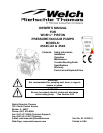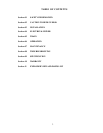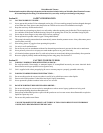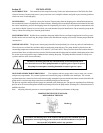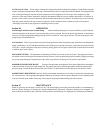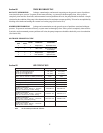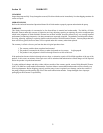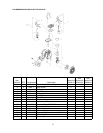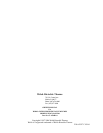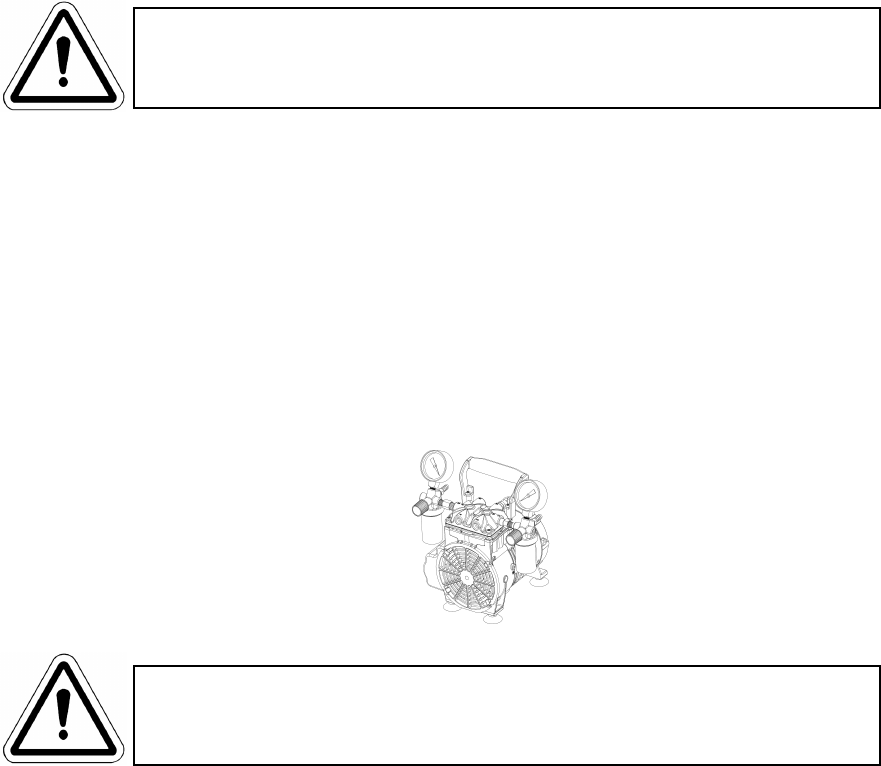
Section 03 INSTALLATION
3.10 INTRODUCTION This manual has been compiled not only for the care and maintenance of the Welch Dry Dual
Function Pressure/Vacuum pump now in your possession, but as a helpful reference and guide to prevent many problems
which can occur if used improperly.
3.20 UNPACKING Carefully remove the Pressure/Vacuum pump from the shipping case and unfasten and remove
the wooden skid. Preserve all paperwork for future reference. If damage has occurred from shipment a claim must be filed with
the carrier immediately; preserve the shipping carton for inspection by the carrier. If you are required to communicate with
your dealer or Welch Vacuum, be sure to include your order numbers for quick identification. Do not return the pump to the
factory without first calling for a returned goods number.
3.30 PUMP MOUNTING Rubber feet are attached to the pump. Rubber feet are excellent for applications involving a semi-
flexible surface such as a bench top; they help to isolate noise and eliminate creeping. All Pressure/Vacuum pumps should he
mounted on a
3.40 PUMP LOCATION The pressure/vacuum pump should be located preferably in a clean, dry, and well ventilated area.
Please be sure not to block the ventilation holes located on the motor housing. The pump should be placed where the
surrounding temperature remains between 10°C and 40°C (50°F and 104°F). Always check to insure the location chosen is
protected from direct or indirect moisture contact. Welch recommends that the pump be installed at the highest point within
the system to prevent possible water condensate from entering the pump. The pump should be located as closely to its
system in order to utilize it most efficiently.
The motor is thermally protected and will automatically restart unexpectedly when
the overload device resets. Don’t pump flammable or explosive gases or vapors or operate
this pump in an atmosphere containing flammable or explosive gases or vapors.
3.50 INTAKE AND DISCHARGE PROVISIONS Two regulators and two gauges make it easy to meet your vacuum
and pressure requirements. The vacuum regulator and vacuum dial gauge is attached to the intake port. The vacuum
regulator allows the vacuum level to be set between roughly atmospheric pressure and the maximum vacuum allowed for the
pump model. A moisture trap keeps water from accidentally being drawn into the unit.
The pressure regulator and pressure dial gauges are attached to the discharge port. The pressure regulator allows discharge
pressure to be set between atmospheric and the maximum possible for the pump model. Discharge air is filtered and noise is
muffled with a filter.
Note: Adjusting either the pressure or vacuum regulators will affect the performance of the pump.
PROPERLY IDENTIFY THE INTAKE AND
DISCHARGE OF THE PUMP
Intake Discharge
Pressure/Vacuum Pump
Never Block The Discharge Port. If the exhaust is blocked, pressure will build- up in the
pump above its rated operating pressure. Be sure to call Welch technical service prior to
start-up at (847) 676-8800 if you have any questions.
5



